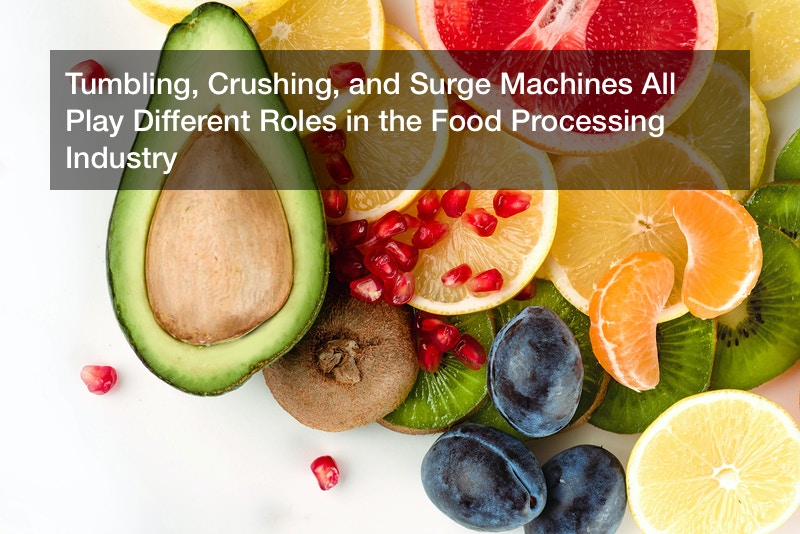

The factory production of food products is a series of complicated processes completed by some very specific machines. From food crushers to tumbling drums to vibratory screeners. As a nation that has moved far from the farm to table ideal that some aspire to, most Americans rely on large food processing plants to can, box, or bottle much of the food that we eat. From every kid’s favorite breakfast cereal to the snack packs that we rely on for that boost of energy at the end of a work day, food crushers and other specialized machines play a significant role in our diet’s today.
Although many of us would love to serve our families farm fresh produce for every meal of the day, this is a scenario that simply is not feasible for many of us. The fact of the matter is our food industry relies on a wide range of companies to make sure that we have food on our table every night.
Food Processing Plants Play an Important Role in the Diets of Many Americans
From the most expensive to the least costly and from the healthiest to fattening, many of the food products that most Americans eat spend at least some time in a food processing plant. and while most of us think about the taste, the calories, and the health benefits of the things that we eat, there is an entire industry that behind every part of the nation’s nutrition.
Consider some of these facts and figures about the food processing industry and the very specific machines that help make possible all of the food that we eat:
- With approximately three parts media to one of parts to keep parts from impinging, the optimum load height for barrel loads is 50%.
- Calibrated for a size reduction ratio between 10:1 and 25:1, rotary crushers are typically built with shaft impactors to create considerable force and are deal for both recycling and food processing.
- Dry screening and wet screening are the two general categories that screening falls into.
- Using these two screening categories, screening separates a flow of material into grades, and these grades are then either further processed to an intermediary product or a finished product
The next time that you find yourself comparing price, calories, and nutritional value of a food item at a grocery store, take a moment to consider the wide range of food processing companies that help bring food to our tables every night.



